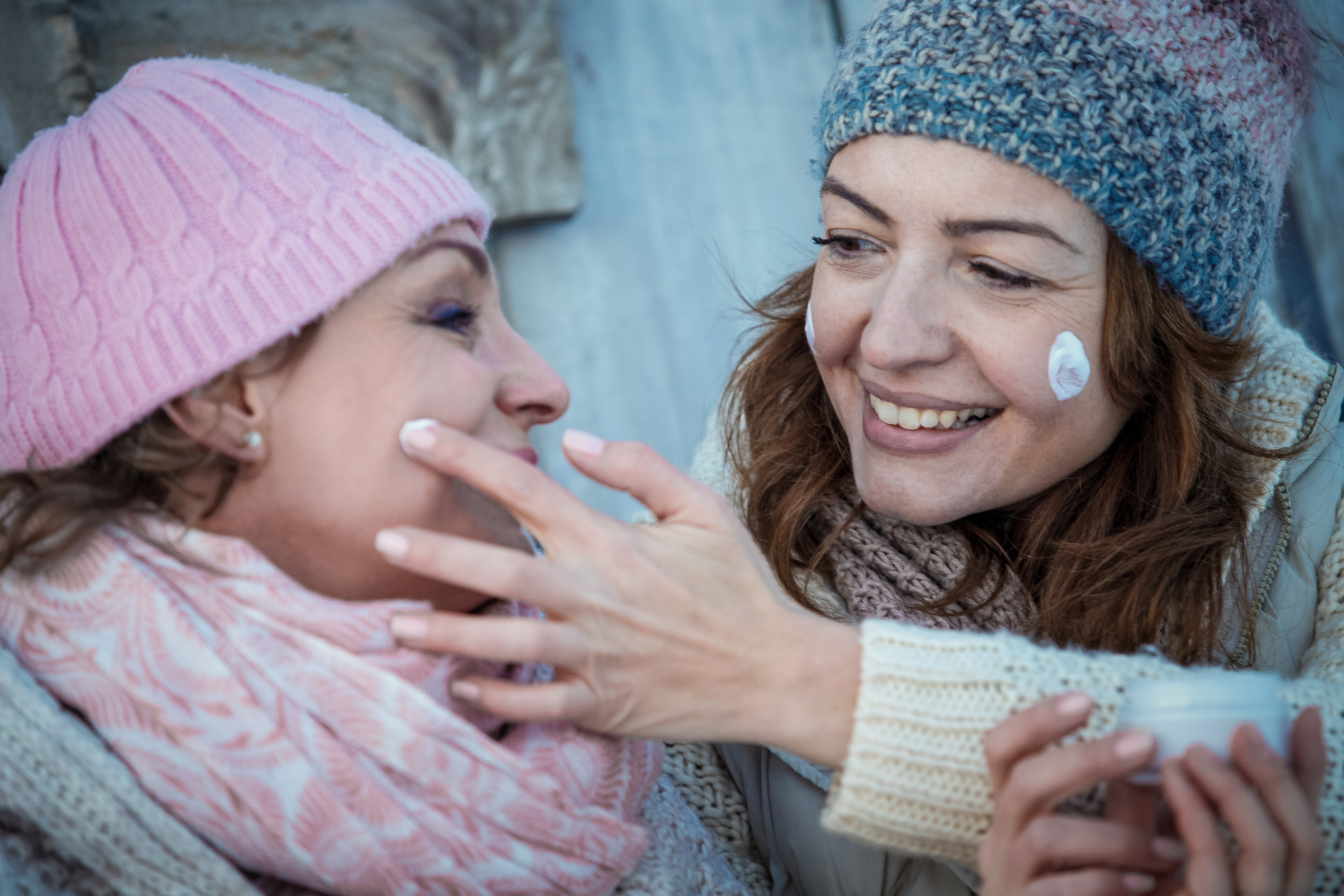Winter Skincare Essentials: Protecting Your Skin from Cold Weather

As the temperatures drop and the air becomes crisp, our skin requires extra care to combat the harsh effects of winter weather. At Fall Creek Skin and Health Clinic, we understand the importance of maintaining healthy skin year-round, especially during the colder months. In this blog post, we will discuss essential winter skincare tips and products to help you protect your skin and maintain a radiant complexion even in the midst of winter's chill.
1. Moisturize, moisturize, moisturize
One of the most crucial steps in winter skincare is keeping your skin well-moisturized. The cold, dry air can strip your skin of its natural oils, leading to dryness, irritation, and even cracking. Opt for a rich, nourishing moisturizer that provides long-lasting hydration. Look for products with ingredients like hyaluronic acid, shea butter, and ceramides to help lock in moisture and repair the skin's barrier.
2. Don't forget SPF
While it may seem counterintuitive, sunscreen is just as important in the winter as it is in the summer. The sun's harmful UV rays can still cause damage to your skin, even on cloudy days. Make sure to apply a broad-spectrum sunscreen with an SPF of 30 or higher to any exposed skin, especially on your face, neck, and hands.
3. Hydrate from the inside out
Drinking plenty of water is essential for maintaining healthy skin, no matter the season. Staying hydrated helps flush out toxins and keeps your skin looking plump and radiant. Additionally, incorporating foods rich in omega-3 fatty acids, such as salmon, walnuts, and flaxseeds, can help nourish your skin from the inside out.
4. Invest in a humidifier
Indoor heating systems can further dehydrate your skin, leading to increased dryness and irritation. Consider using a humidifier in your home to add moisture to the air and prevent your skin from becoming overly dry. This simple addition can make a significant difference in the health of your skin during the winter months.
5. Protect your lips
The delicate skin on our lips is particularly susceptible to dryness and chapping in cold weather. Keep your lips soft and smooth by regularly applying a hydrating lip balm with SPF. Avoid licking your lips, as this can further exacerbate dryness and lead to irritation.
6. Gentle exfoliation
Exfoliating helps to slough off dead skin cells and promote cell turnover, revealing a brighter, smoother complexion. However, it's important to choose a gentle exfoliator to avoid stripping your skin of essential oils. Consider using a mild exfoliating scrub or a chemical exfoliant with ingredients like glycolic acid or lactic acid.
7. Protect your hands and feet
Our hands and feet are often the most neglected parts of our body during the winter. To keep them soft and supple, apply a rich hand cream and foot cream regularly. Consider wearing gloves and socks to lock in moisture after applying your creams, especially before bed.
By following these winter skincare essentials, you can protect your skin from the harsh effects of cold weather and maintain a healthy, glowing complexion all season long. At Fall Creek Skin and Health Clinic, we offer a range of skincare products and treatments to help you achieve your best skin yet. Visit us today to learn more about our services and start your journey to healthy, radiant skin this winter. Stay cozy and beautiful!




